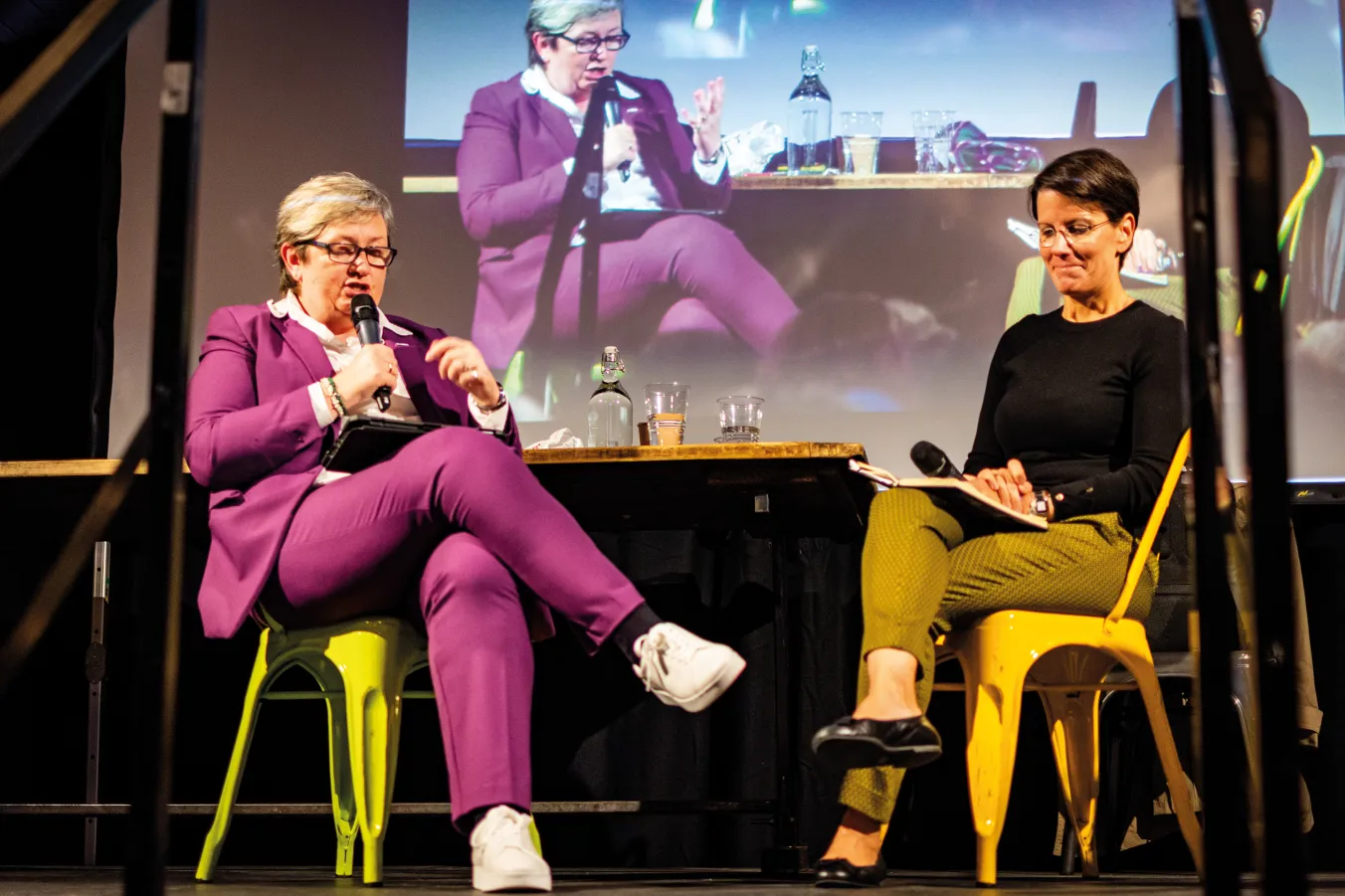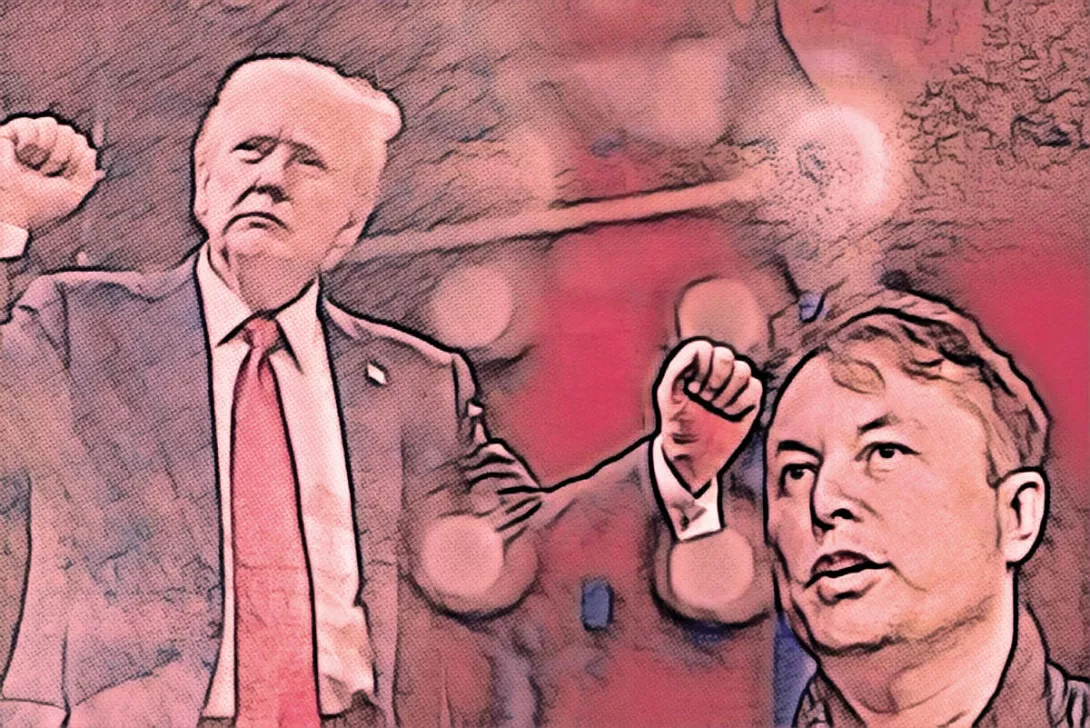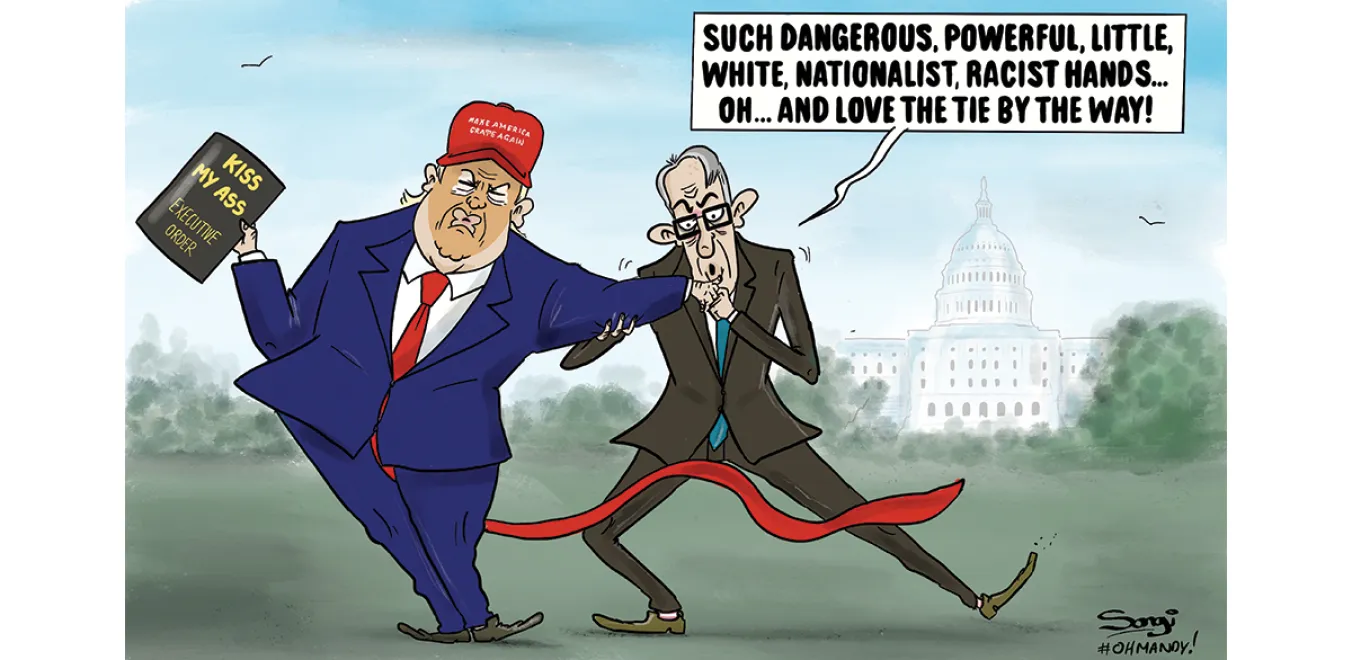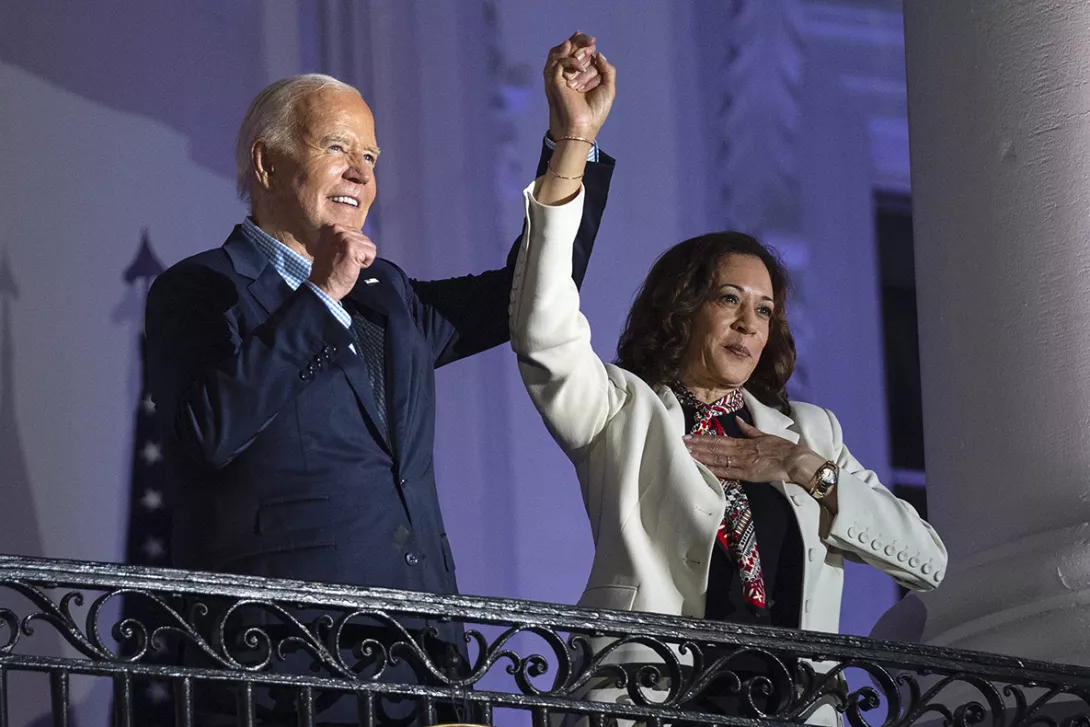ANDREW MURRAY surveys a quaking continent whose leaders have no idea how to respond to an openly contemptuous United States
Democrats sunk by low union vote
Too few trade unionists voted for Kamala Harris to make a difference. TONY BURKE provides an explanation

SINCE the November US presidential election when Donald Trump swept the board there has been plenty of analysis and advice in the media and the left to the Democrats on how to react to their defeat and what caused it.
There is no doubt Trump’s win is a body blow to US trade unions particularly after they mounted an impressive comeback in winning major disputes such as in the auto sector this year.
The scale of Trump’s win has been extensively analysed — including the votes in swing states, the voting patterns of Latino’s and black voters, of middle-aged men, of young men, of women and retirees.
More from this author

ROS SITWELL reports from a conference held in light of the closure of the Gender Identity and Development Service for children and young people, which explored what went wrong at the service and the evidence base for care

ROS SITWELL reports from the three-day FiLiA conference in Glasgow

ROS SITWELL reports on a communist-initiated event aimed at building unity amid a revived women’s movement

London conference hears women speak out on the consequences of self-ID in sport
Similar stories

In sordid tactics that ended up backfiring, Kamala Harris’s ‘nomination’ was the least democratic in history, while the party actively suppressed dissident voices online and its lawyers suppressed third-party candidates from the ballot box, says DENNIS BROE

The union’s legal action against the high-profile billionaires’ intimidation tactics is energising members and reshaping political discourse, writes CAMERON HARRISON











